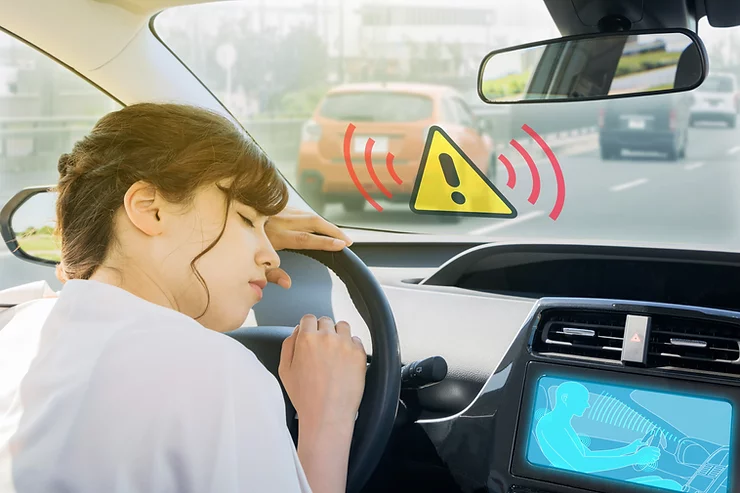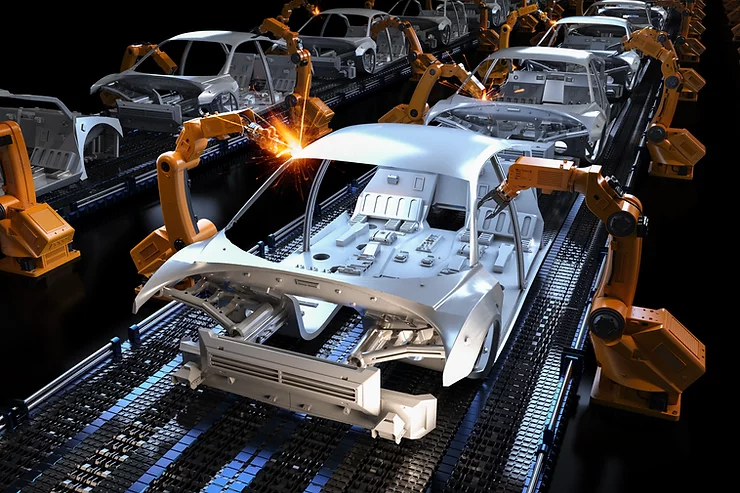Predictive Car Maintenance Using IoT
IoT
Predictive Car Maintenance – Since the COVID-19 pandemic, auto sales have dropped by 13.05 percent in India and 15 percent in the US in FY20-21.
As social distancing and avoiding crowds have become the new normal, there is a rise in used cars sales in the US.
A challenging time is being faced by the auto industry, and individuals may or may not be able to get their vehicles checked regularly.
However, IoT and IIoT have embraced the challenge and have useful tools to maintain cars through predictive processes.
The use of IoT or IIoT is cost-effective and provides autonomy to the consumers in maintaining their cars.
Predictive car maintenance has the potential of optimizing the uptime and reducing the downtime and the labour cost associated with car repairs.
Predictive car maintenance models
The predictive car maintenance models are based on the support vector machine (SVM) algorithm.
The SVM algorithm’s aim is to find the best decision boundary or hyperplane based on extreme data points or vectors, also known as support vectors, provided to a machine.
The machine is trained to classify the desired data with assistance.
The hierarchical modified fuzzy support vector machine (HMFSVM) is a layered predictive algorithm and is a variant of MFSVM and FSVM models, with SVM as its basis.
All these algorithms run simultaneously and the machine learns to recognize various patterns in the data.
The base variables for this algorithm are vehicle registration date, registration numbers, odometer reading, etc.
The model’s derived variables include the vehicle’s age, service type count, average labor cost, and average spare parts cost.
These variables are the inputs to the model to arrive at robust predictions.
This helps the OEMs (original equipment manufacturers) to troubleshoot the errors in the code. Also to increase the longevity of the vehicle.
It also helps the consumer with advanced alerts for the predictive damage that the car may have in the future.
This in turn will save the consumers from falling into the trap of unnecessary repairs offered by the technicians.
Technologies
The technologies used by these models are IoT, Big Data, Data Analysis, AI, ML (machine learning),
Utilizing cloud computing, 5G wireless connectivity, and BI provides real-time analysis and tracking of mechanical failures in cars.
Also these technologies help provide an insight into the car data and reduce the warranty costs by 15-20 percent.
Cloud computing helps to manage Big Data and the on-demand scalability of the vehicle.
Thus, keeping the customers and OEMs in the loop for the maintenance of cars.
The system will send alerts to users’ smartphones, allowing for real-time analysis of the cars.
Making the smart cars smarter
Ukraine-based N-iX, formerly Novellix, is a startup. It uses the HMFSVM model to provide predictive car maintenance and has a significant presence in Europe and the US.
The company’s automotive software development provides services to tier 1 and tier 2 suppliers. Enabling them to prevent failures and deal with a large amount of data.
Their software provides efficient cloud computing solutions, Big Data platforms, and Vehicle-to-Everything (V2X) solutions.
The company’s AI and ML algorithms help reduce maintenance costs and the longevity of the vehicle.
The CarFit Puls company
The CarFit Puls company, whose headquarters is based in CA, USA. It uses NVH (noise, vibration, and harshness) automotive technology powered by AI to create a library of vehicle vibration data.
Their predictive model provides the dealers and service providers a platform to keep a check on the vehicle’s health.
The company’s wearable car vibration tracker reduces maintenance costs and increases transparency for consumers regarding their vehicle’s operations.
T-Matix
T-Matix provides OEMs IoT devices and platforms to aid their consumers’ car maintenance capabilities without the need to code.
Sensor technology via connectivity, APIs, dashboards, apps, and data protection gives a competitive edge to companies in the automobile market.
Pegasystems or Pega provides services to the automotive industry to fix the vehicle before it fails.
Their predictive maintenance solutions provide sensor data, event streaming, in-memory database, real-time analysis, and end-to-end automation to deliver the “process of everything”.
Quantzig – Predictive Car Maintenance
With offices located in the UK, India, Canada, China, and the US, Quantzig specializes in converting large and complex data into intelligent and actionable insights. Utilizing auto predictive tech solutions backed by AI and ML, they prevent unforeseeable damage to auto parts. By leveraging the potential of IoT and Big Data analysis. Quantzig aims to help industries grow by mitigating risks, analyzing sales, customers, and markets.
Similarly, Quectel, based in China, is a global supplier of cellular IoT modules and antennas that provides AI solutions to the automotive industry with human insights. They operate on similar principles as Quantzig.
Their cellular and GNSS modules are designed to help OEMs create smart vehicles with durable and efficient hardware.
Thus, helping the consumers stay up-to-date with the condition of their vehicle and in-advance alerts of the future damage.
What’s next?
Moreover, as IoT technology advances, it is predicted that the automotive industry will utilize 300 million new IoT connections by 2025. In addition, the industry is expected to grow at a CAGR of 9 percent, reaching a value of $81 billion by the end of the decade across Europe, China, and the US. Furthermore, the mileage-based sector in Europe is expected to see a 40 percent growth, and new car sales in the US are predicted to rise by 35 percent, with the automotive car industry alone reaching a value of $60 billion. As a result, with the growth of smart cities and the mainstream adoption of 5G connectivity, predictive maintenance is poised to become a valuable asset for the automotive industry.
Not only are electronics becoming smarter day by day, but consumers are also becoming more informed in the choices they make.
IoT has eliminated the need for customers to make expensive repairs without ample information about the damage to their cars, reducing the gap exploited by middle-men between OEMs and customers to nothing. This ensures that such follies are eliminated from our discourse forever. It’s time to empower consumers and keep them safe from unexpected expenses.







Leave a Comment